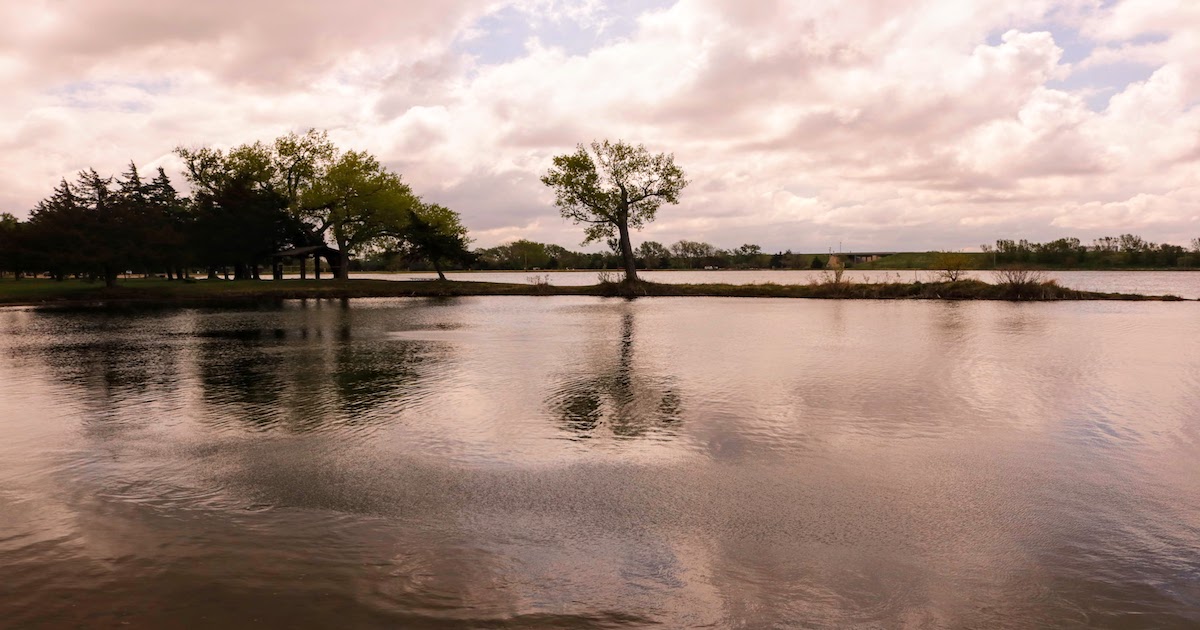Virtual Resource Room Navigation
U.S. Supreme Court -- WOTUS interpretation
Prior WOTUS Interpretation
United States v. Riverside Bayview Homes, Inc., 474 U.S. 121 (1985)
This case raised the issue of whether the Clean Water Act (CWA) grants the U.S. Army Corps of Engineers the authority under Section 404 to require that landowners obtain permits from the Corps before discharging fill materials into wetlands adjacent to navigable waterways.
The U.S. Supreme Court upheld the Corps’ broad interpretation of “waters of the United States,” extending federal jurisdiction over wetlands that have a “significant nexus” to those waters, even if there was no direct or permanent physical connection.
The U.S. Supreme Court addressed the scope of federal jurisdiction under the Clean Water Act (CWA) over isolated wetlands, which are wetlands “that are not adjacent to bodies of open water …” The Court held that the CWA definition of “navigable waters” does not extend to isolated wetlands, even if those wetlands provide habitat for migratory birds.
More specifically, the Court ruled that the Corps’ migratory bird rule, which expanded federal jurisdiction to isolated wetlands based on their connection to migratory bird populations, was an unwarranted expansion of that jurisdiction. The Court determined that the rule was based on an overly broad interpretation of the Commerce Clause, exceeding Congress’s power.
Rapanos v. EPA, 574 U.S. 715 (2006)
In a plurality opinion, Justice Scalia defined “waters of the United States” to include only “relative permanent, standing or continuously flowing bodies of waters” and wetlands with a “continuous surface connection” to those waters.
Justice Kennedy, in a concurring opinion, held that the determination of whether a wetland falls under federal jurisdiction should be made on a case-by-case basis and wetlands must have a “significant nexus” to traditionally navigable waters. He further clarified that a “significant nexus” exists when a wetland, “either alone or in combination with similarly situated waters in the region, significantly affect the chemical, physical, and biological integrity of traditionally navigable waters.”
Current WOTUS interpretation
Sackett v. Environmental Protection Agency, 598 U.S. __ (2023)
The U.S. Supreme Court ruled that wetlands are considered “waters of the United States” only when they have a “continuous surface connection” to a navigable body of water.
For more information on the Sackett v. EPA case and its historical background, please visit the “Case Law” section and/or our dedicated “Waters of the United States” issue tracker.


